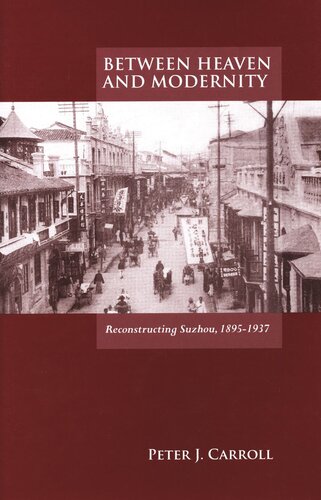

Most ebook files are in PDF format, so you can easily read them using various software such as Foxit Reader or directly on the Google Chrome browser.
Some ebook files are released by publishers in other formats such as .awz, .mobi, .epub, .fb2, etc. You may need to install specific software to read these formats on mobile/PC, such as Calibre.
Please read the tutorial at this link: https://ebookbell.com/faq
We offer FREE conversion to the popular formats you request; however, this may take some time. Therefore, right after payment, please email us, and we will try to provide the service as quickly as possible.
For some exceptional file formats or broken links (if any), please refrain from opening any disputes. Instead, email us first, and we will try to assist within a maximum of 6 hours.
EbookBell Team

0.0
0 reviewsCombining social, political, and cultural history, this book examines the contestation over space, history, and power in the late Qing and Republican-era reconstruction of the ancient capital of Suzhou as a modern city. Located fifty miles west of Shanghai, Suzhou has been celebrated throughout Asia as a cynosure of Chinese urbanity and economic plenty for a thousand years. With the city's 1895 opening as a treaty port, businessmen and state officials began to draw on Western urban planning in order to bolster Chinese political and economic power against Japanese encroachment. As a result, both Suzhou as a whole and individual components of the cityscape developed new significance according to a calculus of commerce and nationalism. Japanese monks and travelers, Chinese officials, local people, and others competed to claim Suzhou’s streets, state institutions, historic monuments, and temples, and thereby to define the course of Suzhou’s and greater China’s modernity.